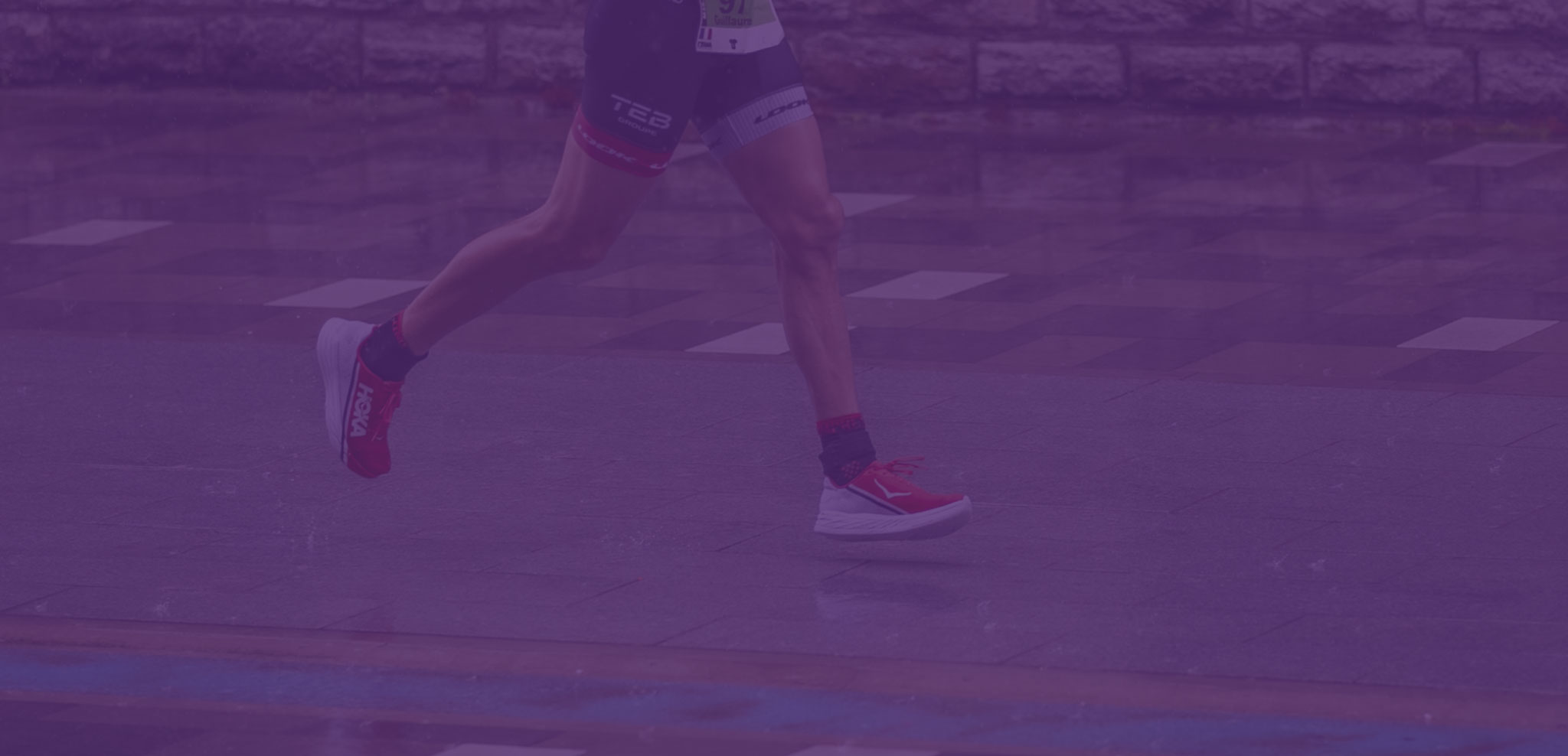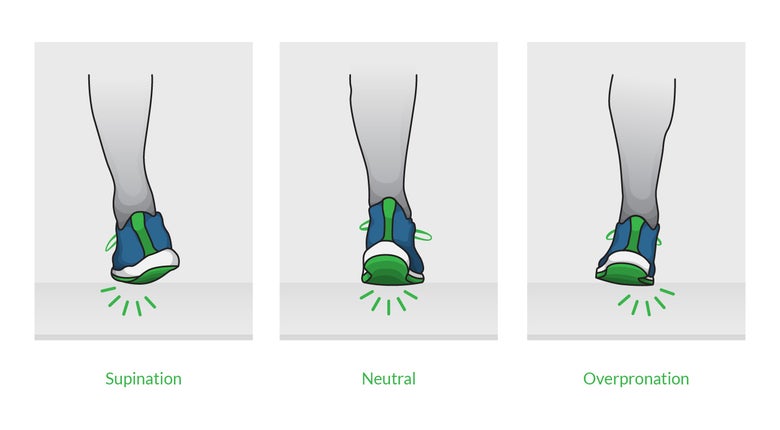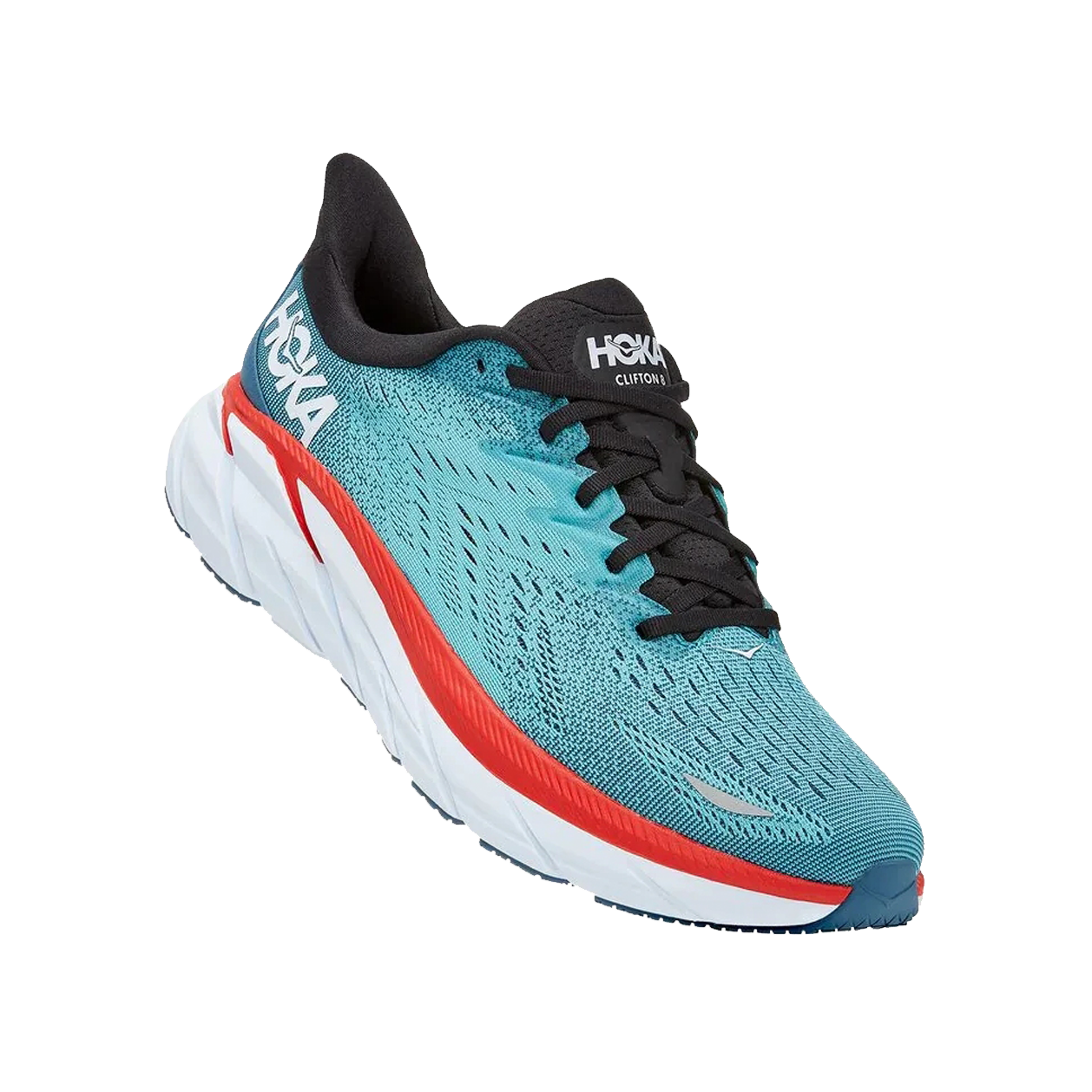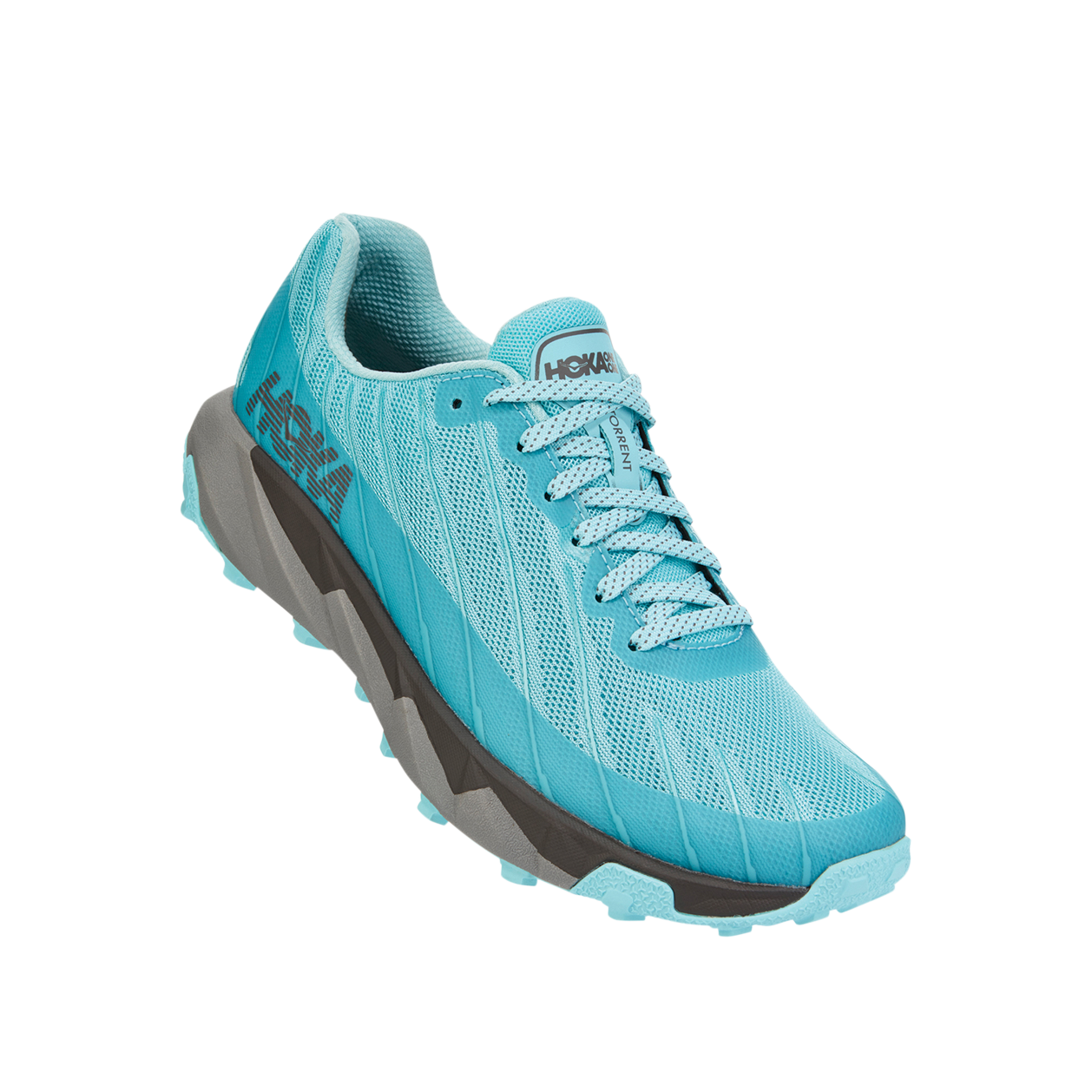We use cookies to make your experience better. To comply with the new e-Privacy directive, we need to ask for your consent to set the cookies. Learn more.

RUNNING GEAR
The last third of a triathlon. Frequently underestimated, but at same time very important in order to finish with a great emotion and experience. Therefore, one cannot underestimate their running shoes. When you go out to buy new shoes do your homework first and figure out which shoes are right for you.
HOW TO CHOOSE THE RIGHT RUNNING SHOES?
The first thing to keep in mind when choosing your running shoes is where you run. It’s also important to know and analyse your body. For example, if you have previous injuries or peculiarities of your feet to take into account.
Each shoe is different and to find the right one you should try on many pairs. You can turn to the professionals to analyse your running technique and recommend shoes suitable for you. All running shoes wear down and it is important to realize when one pair has served its purpose.
If you know on which terrain you will be running on, you can take it into consideration when choosing your shoes. It is possible that you’ll need more than one pair for the best outcome. The last point is recommended especially for those who run outside all year long.


RUNNING SHOES FOR ASPHALT
Running shoes meant for asphalt have a shock-proof mid-sole, to keep your rhythm seamless and soft. Very soft shoes are suitable for feet with higher arches and people whose pace is slower.
Soft soles help dampen the impact. These shoes are good for running on hard ground and longer distances.

RUNNING SHOES FOR TERRAIN
Terrain shoes have a deeper pattern and offer better grip on soft ground. We recommend those for autumn/spring when the roads are icier and more slippery. Terrain shoes are stiffer, meaning the foot section is not as flexible as it is for asphalt shoes. As terrain usual means softer grounds, the mid-sole of the terrains shoes is not soft, but stiff to offer more support.
TIPS FOR TRYING ON RUNNING SHOES
- Try on shoes in the second half of the day, when your feet are a bit more swollen and sensitive. Then you can be sure, that they will fit the next day too.
- Use the same socks that you’ll use at training or competitions.
- Plan at least 30 minutes to finding the best shoes for you.
- Try on shoes for both feet.
- There should be about one finger-width space between your longest toe and the tip of the shoes.
- The heel must be fixed in place and cannot move out of the shoe when walking or running.
CLOTHING
In addition to shoes, it is important to think about your clothing for running. When the weather is colder it is a good idea to layer shirts and jackets. It’s important to use a suitable hat and not dress too warmly. You should make sure that you are visible in traffic. When running during the summer and in the sun for a longer duration it’s important that your clothes protect you from the sun and UV-light. When running in a warmer climate a thinner hat is recommended.
You do not have to have a lot of clothes, the quality of them is more important. Wearing shoes and clothes suitable for you makes your practice more effective and enjoyable.
